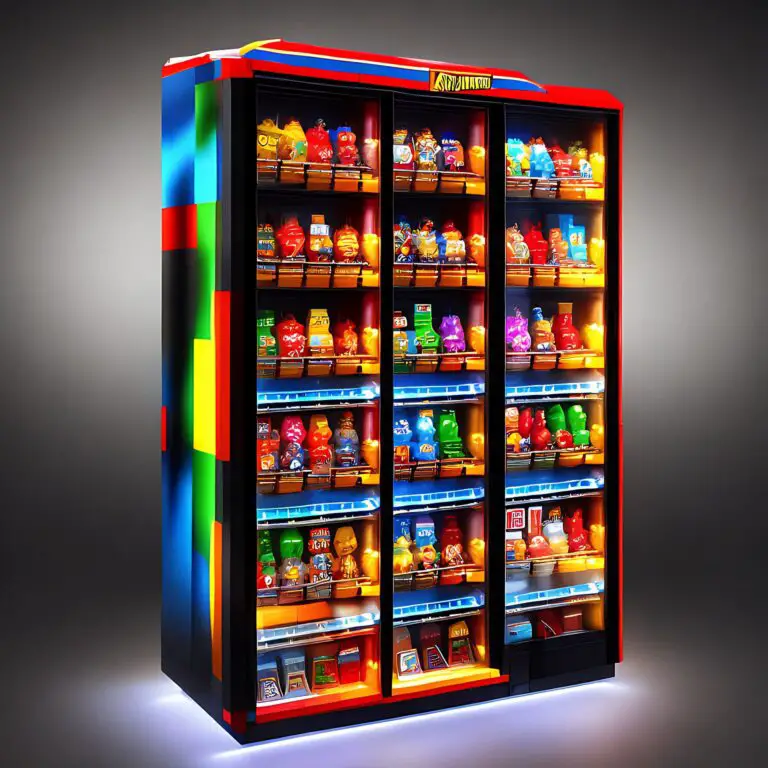Common Vending Machine Snacks in Japan Schools | My Personal Experience
Japanese school vending machines typically offer affordable snacks like Umaibō, rice crackers, chips, cookies, and small sweets. Prices range from ¥100–¥200, reflecting Japan’s focus on low-cost, portioned, and student-friendly snack options.
When I first visited a Japanese middle school years ago, I was surprised by how different their vending machines were compared to the ones I’d grown up with.
Instead of just sugary sodas or greasy chips, Japan’s school-area vending machines are almost a reflection of the country’s broader food culture, small, tidy, and surprisingly thoughtful about what students might grab during a quick break.
Panties Vending Machine Tokyo | How to Buy One?
What You’ll Usually Find in Japanese School Vending Machines
Most machines placed inside or near schools tend to stock affordable, light snacks rather than heavy meals.
Think of dagashi, Japan’s nostalgic category of cheap childhood snacks. These include:
- Umaibō — the famous puffed corn sticks in flavors like cheese, mentaiko (cod roe), or takoyaki.
- Potato chips and senbei (rice crackers).
- Mini cookies and chocolate bites such as Choco Ball or Koala’s March.
- Occasionally onigiri (rice balls) or instant noodle cups for quick energy.
You won’t usually find energy drinks or large sugary sodas inside school grounds; those are more common in convenience store machines just outside the campus.
How Much Do They Cost?
One thing I love about Japanese vending culture is the sense of fairness in pricing.
Even in 2025, most school-area snack machines stick to pocket-money-friendly prices:
- Basic dagashi snacks: ¥10–¥50 (around $0.07–$0.35)
- Standard chips, cookies, or small sweets: ¥100–¥200 ($0.65–$1.30)
- Instant noodles or small baked items: ¥200–¥300 ($1.30–$2.00)
That range isn’t random; it’s based on the idea that most students carry only a few coins or a Suica card balance. Machines rarely go beyond ¥300 unless they’re outside schools or serve adult commuters.
Why Japanese Schools Keep It Simple
There’s also a cultural reason behind the snack choices.
In Japan, schools promote moderation and self-control, so vending machines are more of a “treat station” than a meal replacement. Most schools avoid selling soft drinks, focusing instead on tea, water, and milk-based drinks, plus a handful of snacks that won’t spoil or make a mess.
It’s also common to find machines located just outside the main gate rather than inside classrooms. That subtle separation keeps the school environment focused on learning while still giving students an easy snack option before or after class.
A Small Window into Japan’s Snack Culture
If you ever explore a Japanese vending machine near a school, you’ll quickly see how snacking is woven into the rhythm of student life, but in moderation.
Kids might grab a ¥15 Umaibō or a ¥120 pack of chips, eat it on the walk home, and that’s it. No over-indulgence, no waste.
It’s a far cry from the oversized bags and sugary drinks often seen elsewhere, and that’s part of what makes Japan’s vending culture so unique: affordable, portion-controlled, and made to fit neatly into everyday life.
My Personal Experience
From my own visits, the variety isn’t about luxury, it’s about comfort and accessibility.
Whether it’s a quick corn stick or a pack of mini crackers, each item in a Japanese school vending machine tells a small story about how the country balances convenience with culture.
So next time you’re in Japan, don’t skip those little machines near the school gates, you might just discover a ¥100 snack that takes you right back to childhood.
Related Read:






